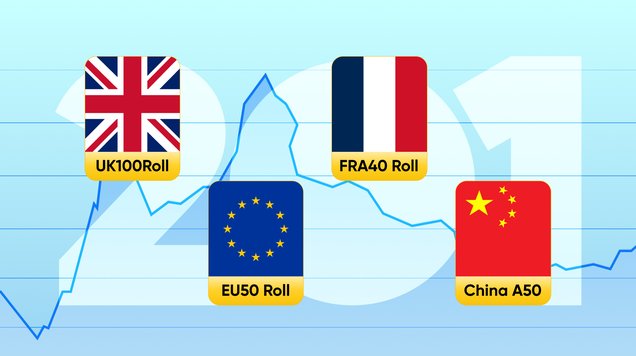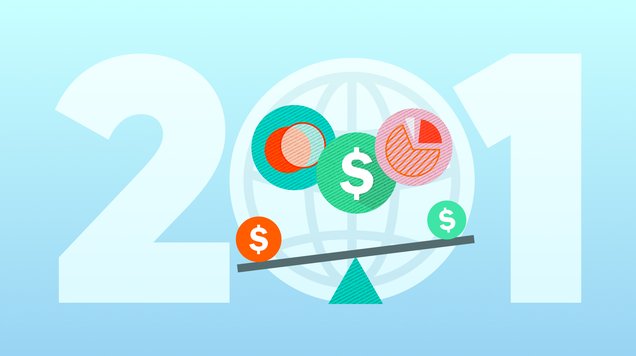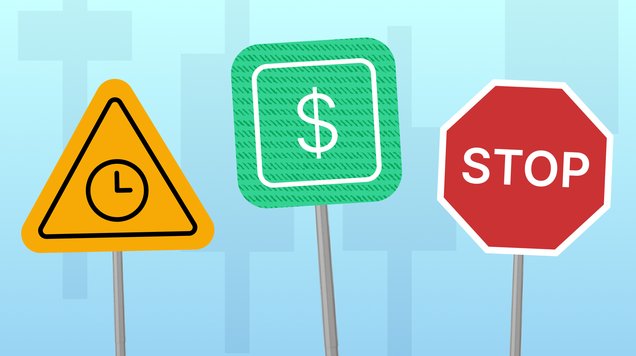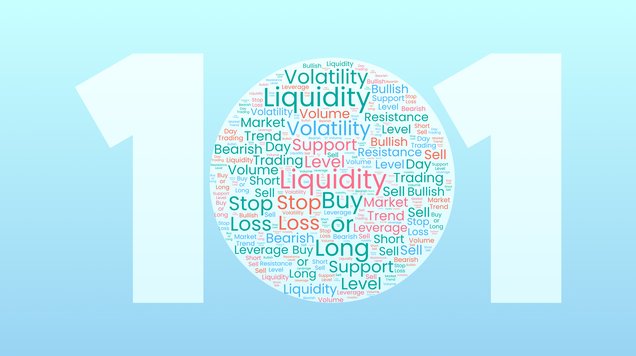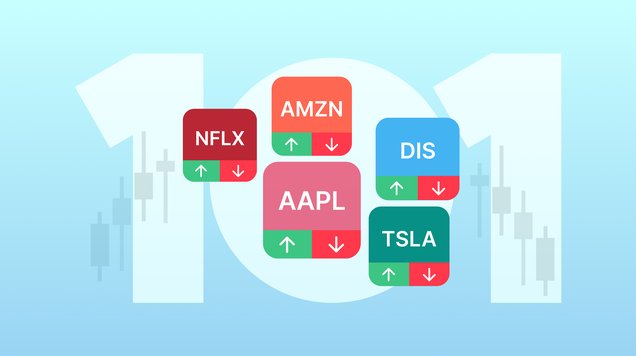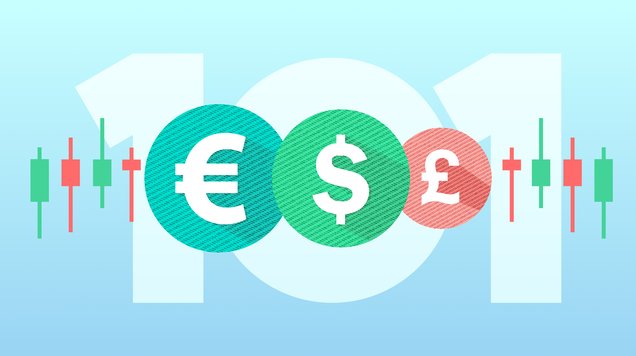Major, minor and exotic currency pairs
Currency pairs are the building blocks of the forex market and understanding their dynamics is essential for traders.

The forex market is the largest financial market in the world and EUR/USD is the most traded currency pair
Currency pairs can be divided into major, minor, and exotic currency pairs
Major forex pairs always include the US dollar, whereas minor pairs are formed by other major currencies such as EUR or GBP
Forex market offers traders and investors diverse opportunities because of the large volumes traded - and by grasping the fundamentals of it, you can navigate the world of forex trading with greater confidence and insight
What are currency pairs?
Currency pairs are a fundamental concept in the foreign exchange (forex) market, which is the largest and most liquid financial market in the world.
A currency pair consists of two different currencies that are traded against each other. These pairs are the foundation of forex trading, where one currency is exchanged for another at an agreed-upon exchange rate.
In every currency pair, there are two roles to play: the base currency and the quote currency. The base currency is the primary one that you are buying or selling, and the quote currency is the currency you use to make the exchange.
Together they form an exchange rate, which reveals how much of the quote currency is required to purchase one unit of the base currency.
For example, if you're trading the EUR/USD pair, the euro (EUR) is the base currency, and the US dollar (USD) is the quote currency. If the EUR/USD exchange rate is 1.20, it means 1 euro is equivalent to 1.20 US dollars.
Major, minor, and exotic currency pairs
The forex market classifies currency pairs into three categories based on their liquidity, popularity, and economic significance.
Major currency pairs
Major currency pairs are the most widely traded pairs in the forex market.
They typically include currencies from major global economies and are characterised by high liquidity and lower spreads. Spread means the difference between the bid and ask prices. All of the currency pairs include the US dollar, EUR/USD being the most traded forex pair.
There are seven major currency pairs:
- EUR/USD - Euro/US Dollar
- USD/JPY - US Dollar/Japanese Yen
- GBP/USD - British Pound/US Dollar
- AUD/USD - Australian Dollar/US Dollar
- USD/CHF - US Dollar/Swiss Franc
- USD/CAD - US Dollar/Canadian Dollar
- NZD/USD - New Zealand Dollar/US Dollar
Minor currency pairs:
Minor currency pairs, also known as cross currency pairs, do not involve the US dollar. They pair two other major currencies or a major currency with a currency from a smaller or emerging economy.
Here is a list of minor currency pairs:
- EUR/GBP - Euro/British Pound
- EUR/AUD - Euro/Australian Dollar
- GBP/JPY - British Pound/Japanese Yen
- AUD/JPY - Australian Dollar/Japanese Yen
- EUR/CAD - Euro/Canadian Dollar
- NZD/JPY - New Zealand Dollar/Japanese Yen
- GBP/AUD - British Pound/Australian Dollar
Exotic currency pairs:
Exotic currency pairs involve one major currency and one currency from a smaller or less commonly traded economy.
These pairs typically have lower liquidity and higher spreads, making them riskier for traders.
- USD/TRY - US Dollar/Turkish Lira
- EUR/TRY - Euro/Turkish Lira
- USD/SGD - US Dollar/Singapore Dollar
- EUR/THB - Euro/Thai Baht
- USD/ZAR - US Dollar/South African Rand
- USD/HKD - US Dollar/Hong Kong Dollar
- USD/PLN - US Dollar/Polish Zloty
Trading and hedging of forex pairs
Whether you are trading major, minor, or exotic pairs, the forex market offers diverse opportunities to engage in trading, investment, and risk management.
Forex traders participate in currency pair trading for several reasons. Speculation is a significant driver, where traders aim to profit from fluctuations in exchange rates. They buy a currency when they anticipate it will appreciate and sell when they expect it to depreciate. This speculation can lead to profits or losses, depending on the market's movements.
Hedging is another motive for currency trading. International businesses often use forex markets to hedge against adverse exchange rate movements, protecting their profits and cash flows.
Hedging is originally a risk management strategy that market participants use to protect themselves against adverse price movements in financial markets. It involves taking a position in one asset or market to offset potential losses in another. Hedging is commonly applied in various financial contexts, including currency hedging, commodity hedging, and interest rate hedging.
Central banks and currency pairs
In addition to traders, investors and business, central banks play a major role in the currency market.
Central banks, such as the Federal Reserve in the United States or the European Central Bank, closely monitor currency pairs, and currency pair analysis is essential for them in managing inflation, economic growth, and overall financial stability.
They often use monetary policy tools to influence their domestic currency's value relative to others. For example, a central bank may adjust interest rates or engage in currency interventions to stabilise exchange rates.

